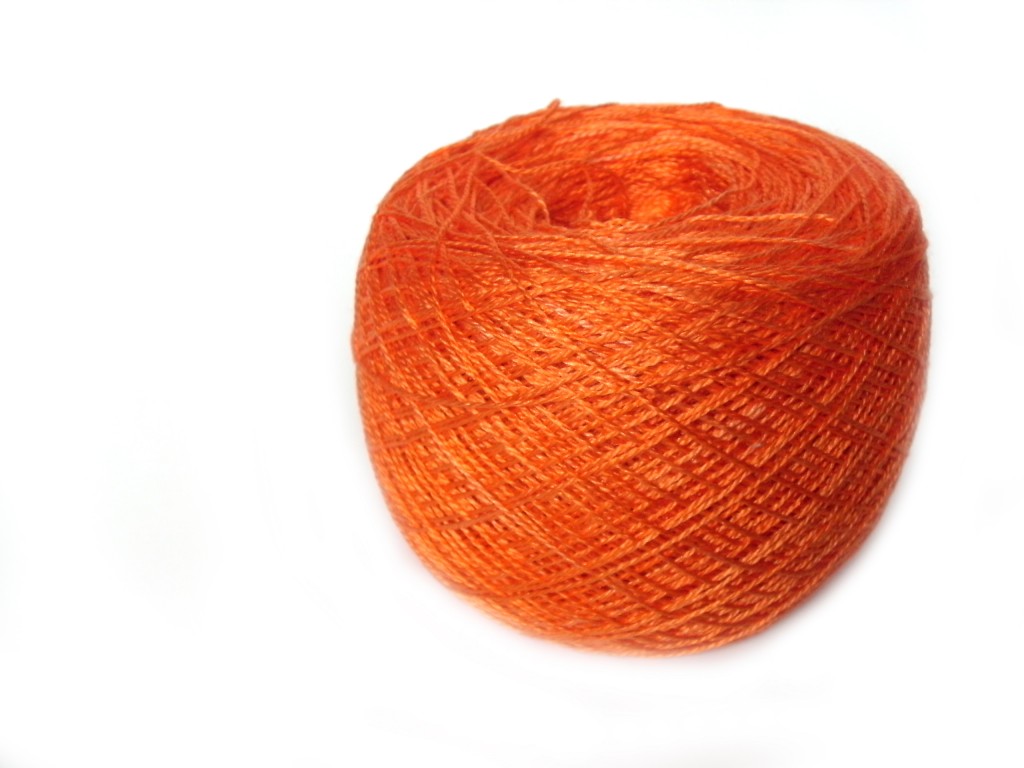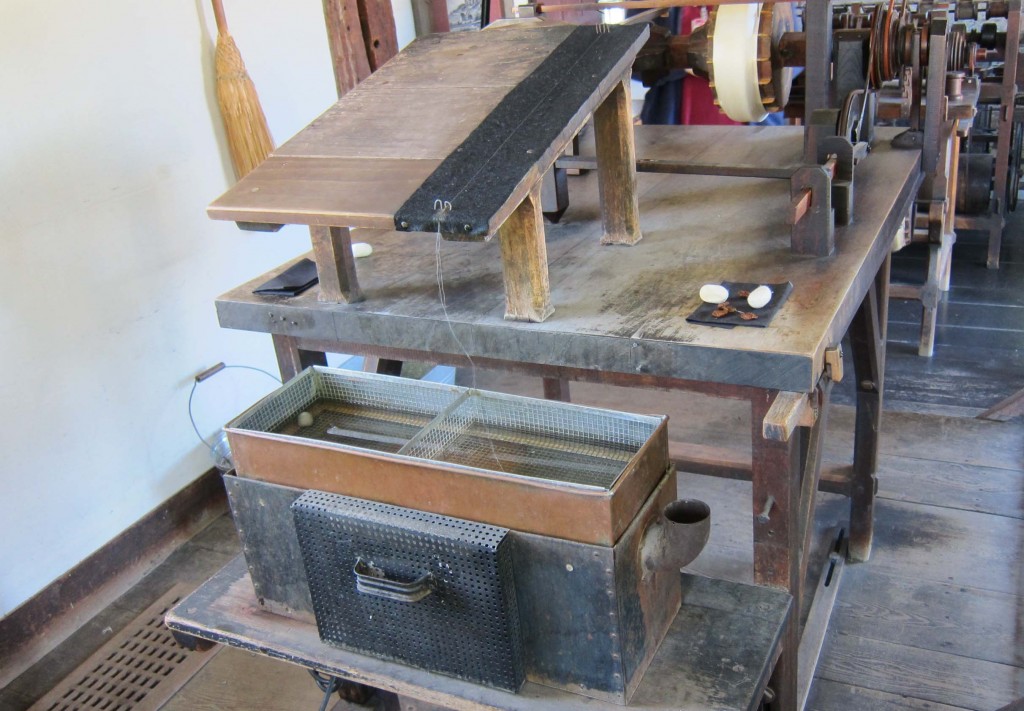From a silkworm, of course! Well, we call them silkworms, but they’re actually caterpillars…
About Silk
Let’s step back a little bit. Have you met my friend, silk?
Silk is an astonishing fiber that has many dazzling features. Silk:
- Is super-smooth and shiny. This is because it’s a protein that is extruded by the silk worm (just like a spider makes a web), meaning the outside is perfectly smooth and reflective.
- Keeps you warm when it’s cold, and cool when it’s warm! This is because silk is both absorbent (taking up sweat when it’s hot) and has low conductivity (which keeps warm air close when it’s cool).
- Soaks up dye fabulously. It’s the same absorbent quality already mentioned that makes silk like a sponge… meaning you can end up with incredibly rich shades of color.
- Is very strong. The protein structure of silk gives the fiber one of the highest tensile strengths (i.e. it takes a lot of pulling lengthwise to make it break!) of any natural fiber. It’s even used in surgical sutures!
Amazing, right?
About Mr. Silkworm and his cocoon
As I said earlier, the silkworm is actually a caterpillar. And what do we all know about caterpillars? They build cocoons and then emerge as butterflies (or moths)!
Silkworms make their cocoons by extruding (I don’t know why we call it ‘spinning’… they don’t have a spindle in there!) a long thread that has all of the coveted properties I told you about in the last section. Ever seen a silkworm cocoon? They’re white ovals about 1″ long, like you see here:
Silkworms only eat leaves from the white mulberry tree.
For a while (i.e. centuries!), the food source was one of the ways that the ancients monopolized the production of silk. Even if a rogue invader smuggled away some silkworms, they wouldn’t have known the secret to keeping them alive: mulberry trees!
The cocoon is made up of one continuous strand of thread. In the wild, the caterpillar would emerge from the cocoon as a moth, making a hole in the cocoon. This hole means that the thread is now in oodles of pieces, and is not ideal for further processing into silk fiber. (It’s possible to use, though. If you’ve heard of ‘peace silk’, it’s referring to silk taken from cocoons where the caterpillar has been allowed to emerge.)
In traditional silk-making, the caterpillar is killed so that the silk can be unraveled in one continuous thread. Back in the day, this meant dropping the cocoon into boiling water. I’m told that nowadays, the cocoons are irradiated, meaning an instant death for the little caterpillar.
How do we get the silk?
I’ve had the joy of visiting both a silk exhibit at the Imperial Palace in Tokyo (Sericulture, the raising of silkworms and making silk, was a traditional past time for the Empress) and a reconstructed 1812 silk mill in Greenfield Village (where the photos from today’s blog post- including the mulberry trees!- were taken). And despite being thousands of miles (and hundreds of years!) apart, the basic process for getting silk remains the same.
First, the cocoons are boiled in water (and some chemicals) to loosen the gum that holds the cocoon together. Then, the thread is carefully picked off (I have no idea how you find the end on that one!) and spun together with other threads to make a thicker thread of workable size.
Do you see the thin threads coming up out of the hot water?
In this case, the mill was making thread spun from about 4-5 silk threads. It’s a time-consuming process… no wonder silk has always been so precious!
How many worms do you need?
Each cocoon has about 1,000 yards of silk thread, but these are very thin and need to be spun together with others to become workable for weaving. It takes about 300 cocoons to produce enough silk for a tie, 1500 for a blouse and 5000 for a kimono!
Think about that when you see a silk blouse!
Resources
This is by no means a comprehensive guide to silk production! If you’d like to read more (particularly if you’re interested in the animal rights issues involved), have a google around. Here are a few of my faves:
- The Knitter’s Book of Yarn by Clara Parkes
- The Wikipedia Page on Silk










Pingback: Stuff and nonsense « Cast-Offs and Cast Aways
This is a fabulous story of how silk became, I really like century stories.
So interesting! Thanks for sharing.
This is so interesting!
how do they get made into cloths
The threads are woven (on a loom) to make cloth.
So awesome!
You answered a question that my friend and I were dying to know!
Thank you for that!
Pagal